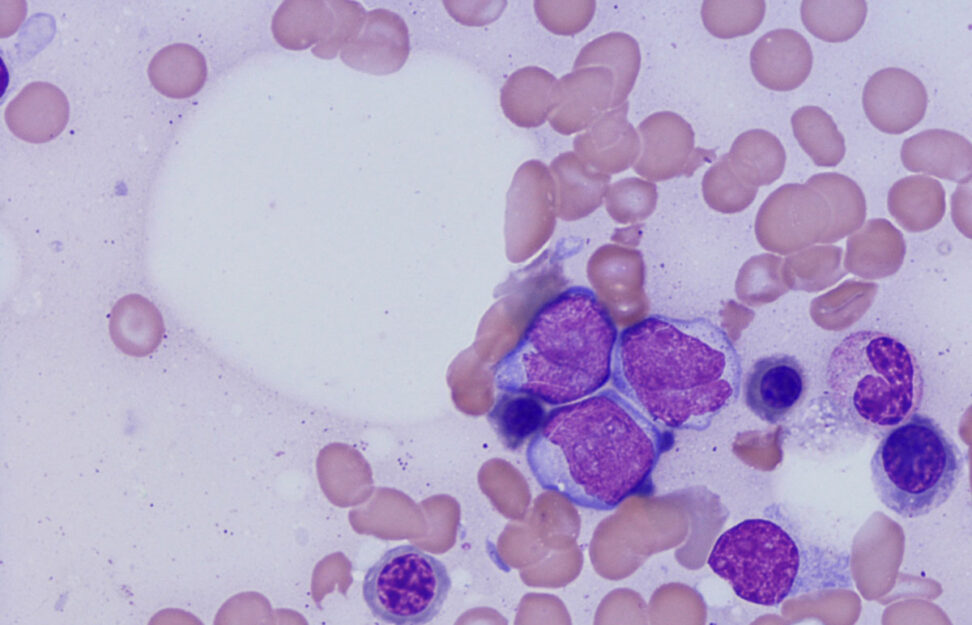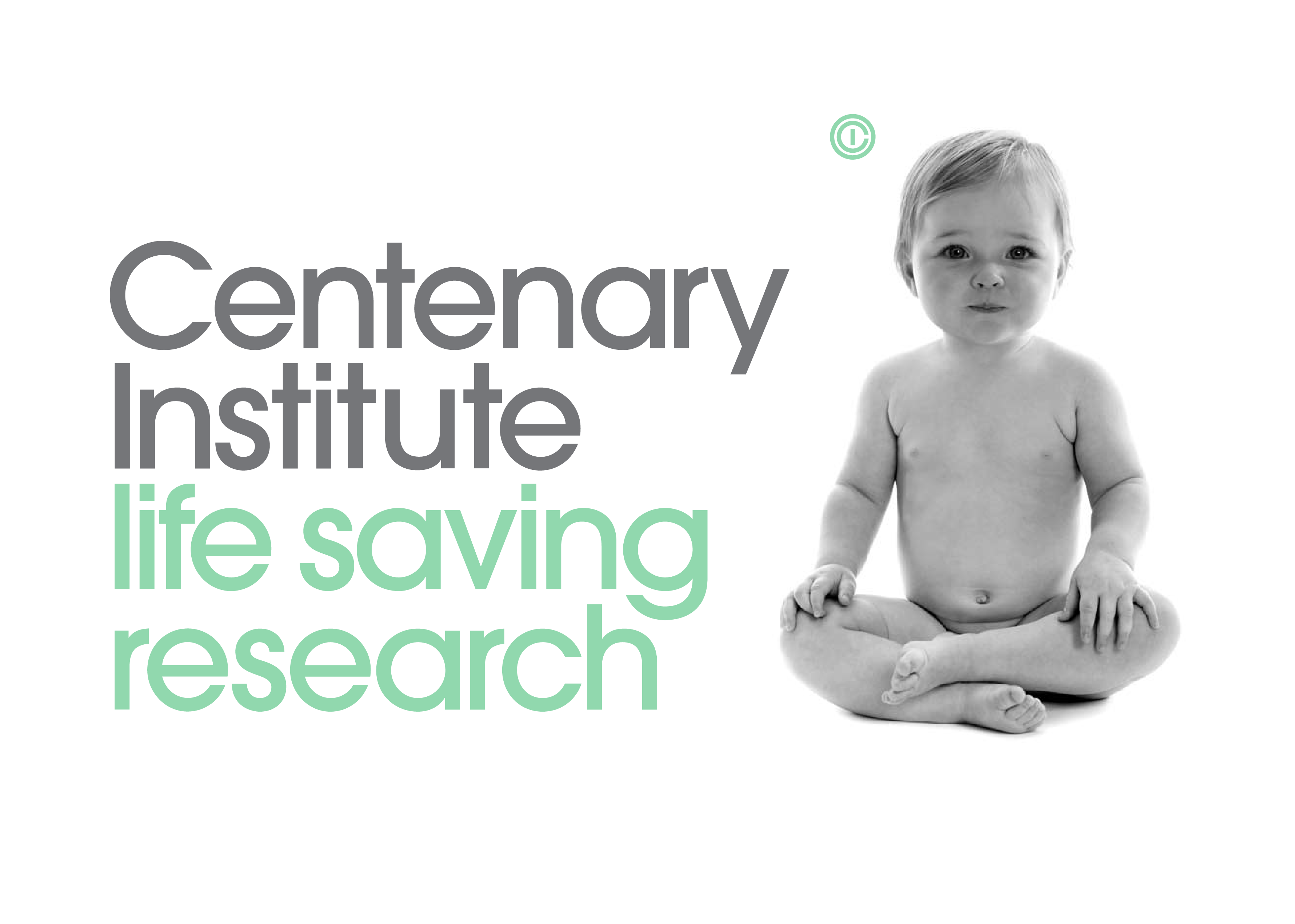AML – Acute Myeloid Leukaemia

It is not a single disease but the name given to a group of leukaemias that develop in the myeloid cell line in the bone marrow. Myeloid cells are the cells that make red blood cells, platelets and white blood cells other than lymphocytes. AML is classified into eight different subtypes. It usually starts in the early form of white blood cells other than lymphocytes.
Who gets it?
This type of leukaemia can occur at any age but is more common in older people over the age of 60. With 80% of those diagnosed are aged 50 or more.
What are the symptoms?
AML develops rapidly so the main symptoms are caused by a lack of normal blood cells. Common AML symptoms may include:
- anaemia due to a lack of red cells, including tiredness, weakness, feeling cold, headaches, shortness of breath, fever, infections that don’t go away, bruising and bleeding easily
- bone pain, swollen lymph nodes (glands), swollen gums, chest pain and abdominal discomfort due to a swollen spleen or liver.
- symptoms similar to stroke that result from clogging of blood vessels with leukaemia cells
- weight loss, loss of appetite
- problems with bleeding and clotting
- skin rash, caused by collection of leukaemia cells under the skin
Please consult with your doctor if you have any concerns about your health.
How is it treated?
The main treatment option for AML is chemotherapy. The initial aim of treatment is to destroy leukaemic cells until there is no evidence of them in the blood and bone marrow, and normal blood cell production and counts are restored. This is called remission.
Once remission has been achieved a post-remission therapy is given to reduce the risk of the leukaemia coming back. This therapy is dependent on many factors of the sub-type and response to initial treatment.
Please consult with your doctor for the best treatment options based on your leukaemia together with other factors such as your age and general health.
Our research
Our understanding of how our bodies mechanisms are exploited by AML is not fully known. This research is looking at the unexplored role of introns, non-coding sections of RNA (previously considered ‘junk DNA’) in AML.
With this knowledge we hope to better manage and potentially predicting treatment outcomes for AML.
Dr Justin Wong, Head of Epigenetics and RNA Biology Program leads this research.
Last updated on 12 April 2022
Developed by the Centenary Institute in consultation with researchers. This content is provided for information purposes only and we urge you to always seek advice from a registered health care professional for diagnosis, treatment and answers to your medical questions, including the suitability of a particular therapy, service, product or treatment in your circumstances. The Centenary Institute shall not bear any liability for any person relying on the materials contained on this website.
Our research
Our understanding of how our bodies mechanisms are exploited by AML is not fully known. This research is looking at the unexplored role of introns, non-coding sections of RNA (previously considered ‘junk DNA’) in AML.
With this knowledge we hope to better manage and potentially predicting treatment outcomes for AML.
Dr Justin Wong, Head of Epigenetics and RNA Biology Program leads this research.

